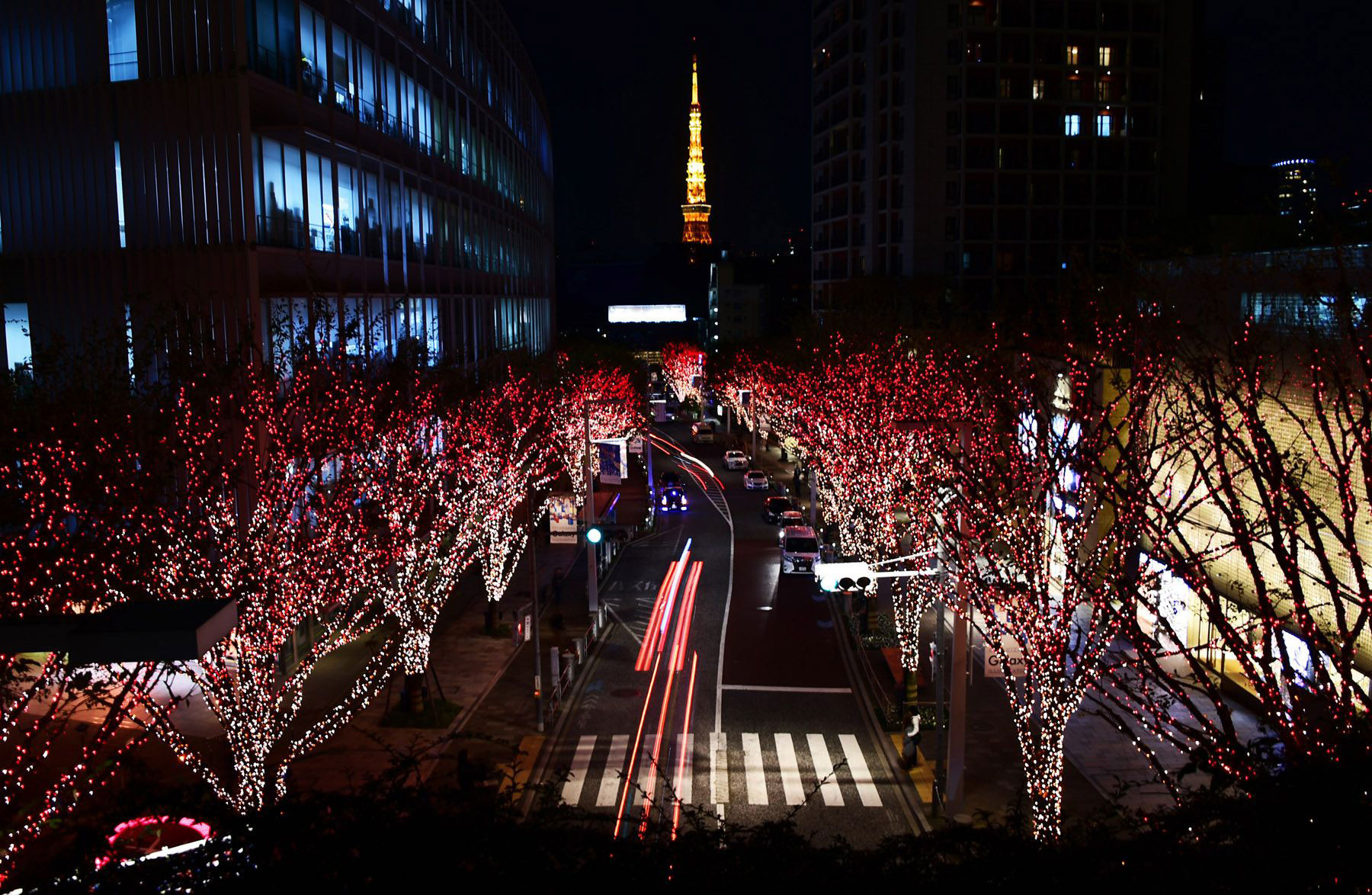Japan Folklore: Tradizioni Natalizie
Tradizioni Natalizie
Photo credits: Inside Japan Tours
Meri Kurisumasu!
In Giapponese “Buon Natale” si dice “Meri Kurisumasu” ed è scritto sia in Hiragana (めりーくりすます) che in Katakana (メリークリスマス). Babbo Natale è invece conosciuto come Santa-san (サンタさん、サンタクロース), importato direttamente dagli USA dove il pacioccone signore vestito di rosso è chiamato proprio Santa Claus.
Esiste però anche in Giappone una figura molto simile a Babbo Natale anche se non strettamente legata al Natale. È Hotei-osho, un dio Giapponese della buona fortuna nella tradizione buddista, e anch’egli è solito portare doni.
Il Natale non è considerato come festa nazionale ma trovandosi tra il 23 dicembre, giorno del compleanno dell’attuale Imperatore Akihito, ed il 31 dicembre, spesso le scuole sono chiuse per il 25 dicembre. È considerato invece un normale giorno lavorativo per gli uffici. L’atmosfera a cui siamo generalmente abituati si può percepire già da fine ottobre: decorazioni, luci e musiche natalizie invadono le strade, i negozi e le stazioni.
Photo credits: Condé Nast Traveler
Le origini di Kurisumasu in Giappone
Il cristianesimo fu introdotto in Giappone dai missionari gesuiti e francescani nel XVI secolo. Durante i primi anni del cristianesimo molti cristiani furono arrestati, torturati e uccisi per via del loro credo. Solo nel XVII secolo le chiese ricominciarono a popolarsi e nel XX secolo diversi missionari tornarono in Giappone. Oggi i Cristiani del Sol levante sono circa l’1% della popolazione, e si può affermare che la diffusione delle tradizioni cristiane sia avvenuta sul finire del XX secolo. Il Natale è universalmente riconosciuto come festa per piccoli e grandi anche nel Sol Levante, seppur non considerato nel suo spirito religioso. Visto come un periodo di felicità, è diventata una tradizione irrinunciabile. In particolare, la vigilia di Natale è vista come l’occasione per le coppie innamorate di trascorrere del tempo insieme e scambiarsi regali. Anche le coppie sposate si concedono del tempo per se lasciando i bambini con Ji’i-san e Ba’a-chan (nonno e nonna).
Photo credits: JapanToday
Le Tradizioni di “Kurisumasu”
Oltre allo scambio dei doni visto più come un gesto romantico tra fidanzati, ci sono altre due curiose tradizioni che rendono il 25 dicembre molto particolare in Giappone.
La prima è il Pollo Fritto e la seconda è la Torta di Natale.

Photo credits: Google images
Questo periodo dell’anno è il più fruttuoso per i ristoranti della catena di fast-food KFC (Kentucky Fried Chicken). Qui le persone prenotano il loro pollo fritto in anticipo per il giorno di Natale. Tutto nacque da una campagna pubblicitaria lanciata in tutto paese proprio dalla catena americana negli anni 70: “Kurisumasu ni wa kentakkii!” (Kentucky for Christmas!). KFC se ne servì per attrarre la popolazione orientale offrendo loro un menù completo in confezione natalizia che comprendeva pollo, insalata e torta.

Photo credits: Google images
La Torta di Natale invece è in genere un semplice pan di spagna con panna e fragole decorata a tema natalizio.
Inoltre non è difficile in questo periodo udire le note di Jingle Bells e All I Want For Christmas Is You di Mariah Carey, oltre ad una vasta quantità di canzoni realizzate da gruppi e cantanti giapponesi come Nozomi Sasaki e Momoiro Clover Z.
Condividi:
- Fai clic per condividere su Facebook (Si apre in una nuova finestra)
- Fai clic qui per condividere su Twitter (Si apre in una nuova finestra)
- Fai clic qui per condividere su Tumblr (Si apre in una nuova finestra)
- Fai clic qui per condividere su Pinterest (Si apre in una nuova finestra)
- Fai clic per condividere su Telegram (Si apre in una nuova finestra)
- Fai clic per condividere su WhatsApp (Si apre in una nuova finestra)
- Fai clic qui per condividere su Reddit (Si apre in una nuova finestra)
- Fai clic qui per stampare (Si apre in una nuova finestra)









